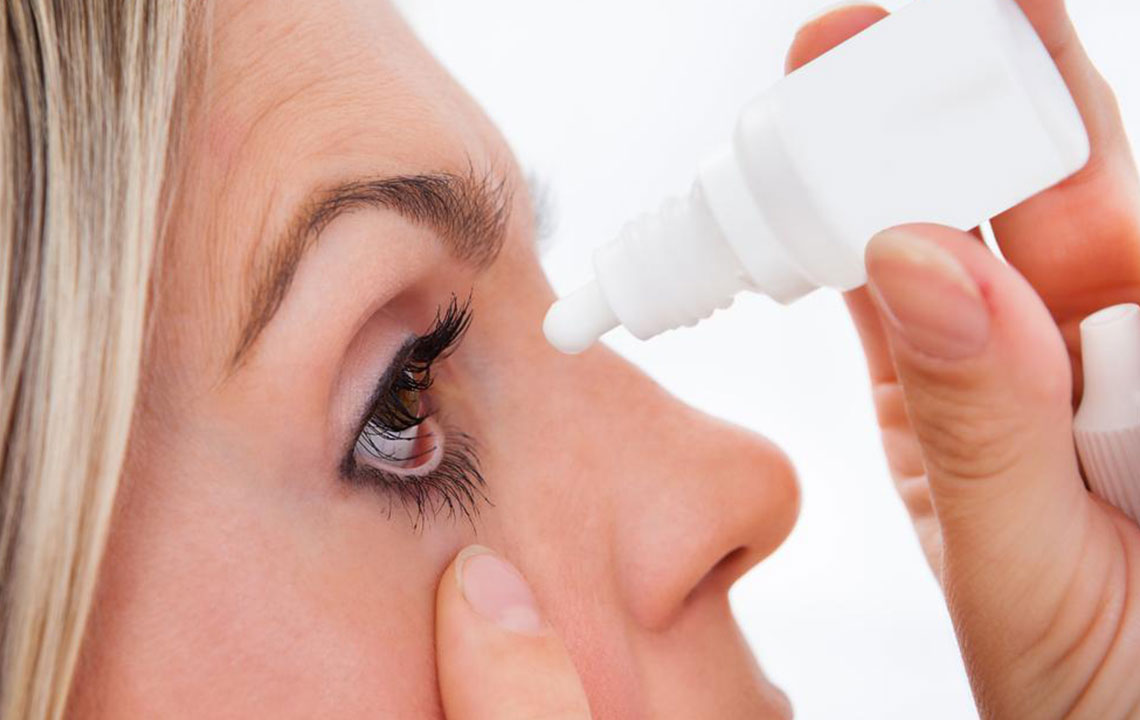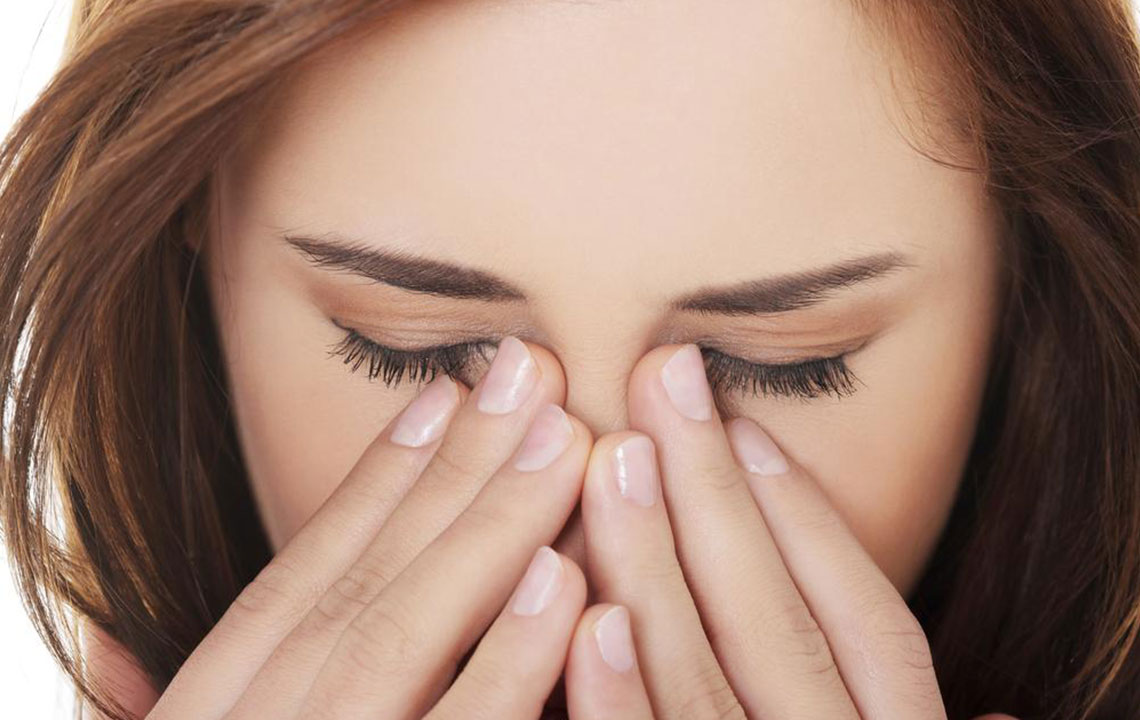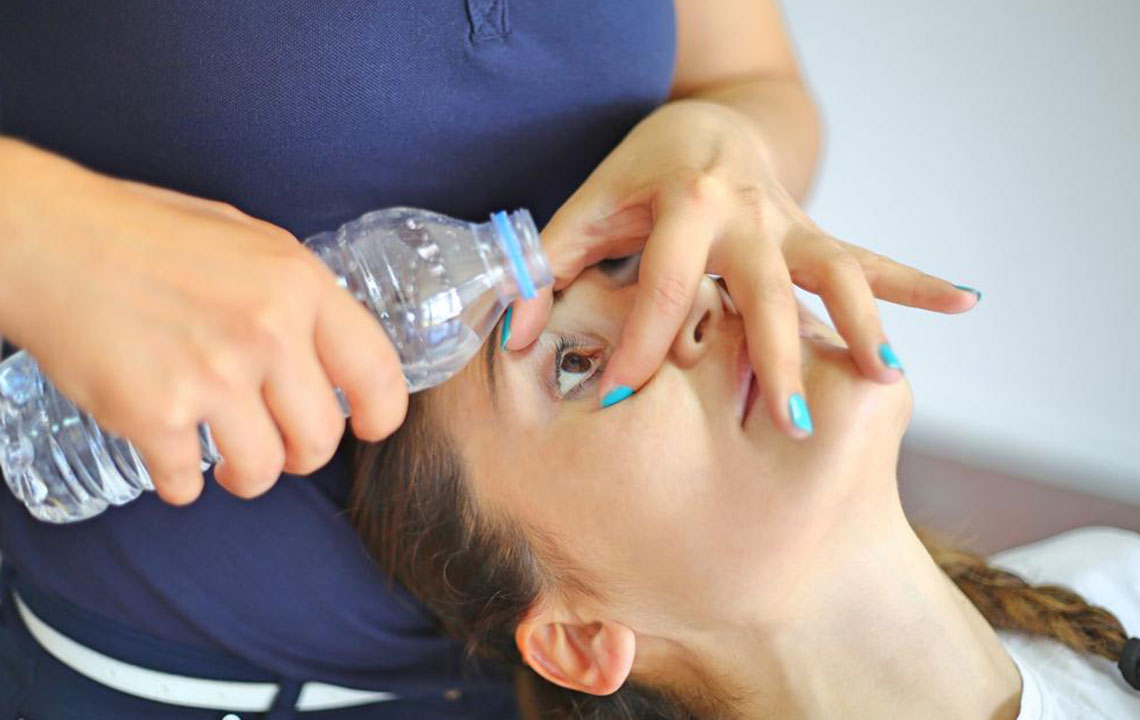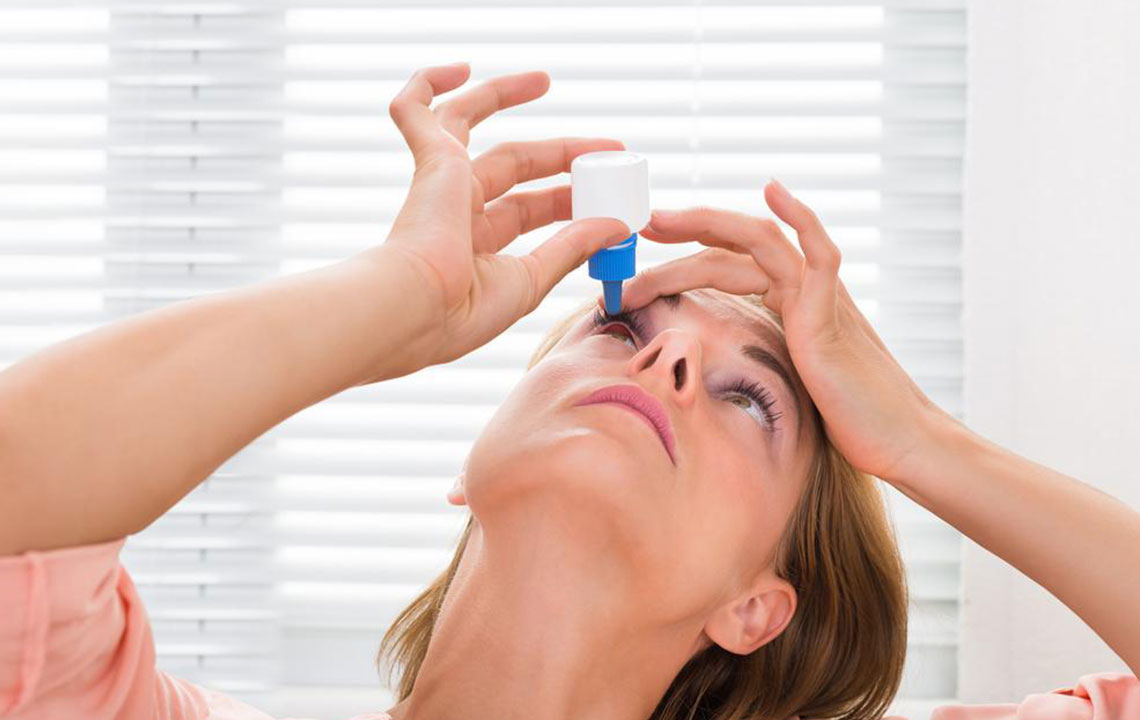Comprehensive Guide to Eye Examinations and Tests
This article offers a detailed overview of eye examinations, explaining various tests and their importance for maintaining eye health. It highlights what to expect during an eye exam, the significance of early detection, and when to seek professional care. Regular eye check-ups are vital for preventing serious eye diseases and ensuring optimal vision, especially with age or family history of eye issues. Learn about the different procedures performed by eye care specialists to keep your eyes healthy and functioning properly.
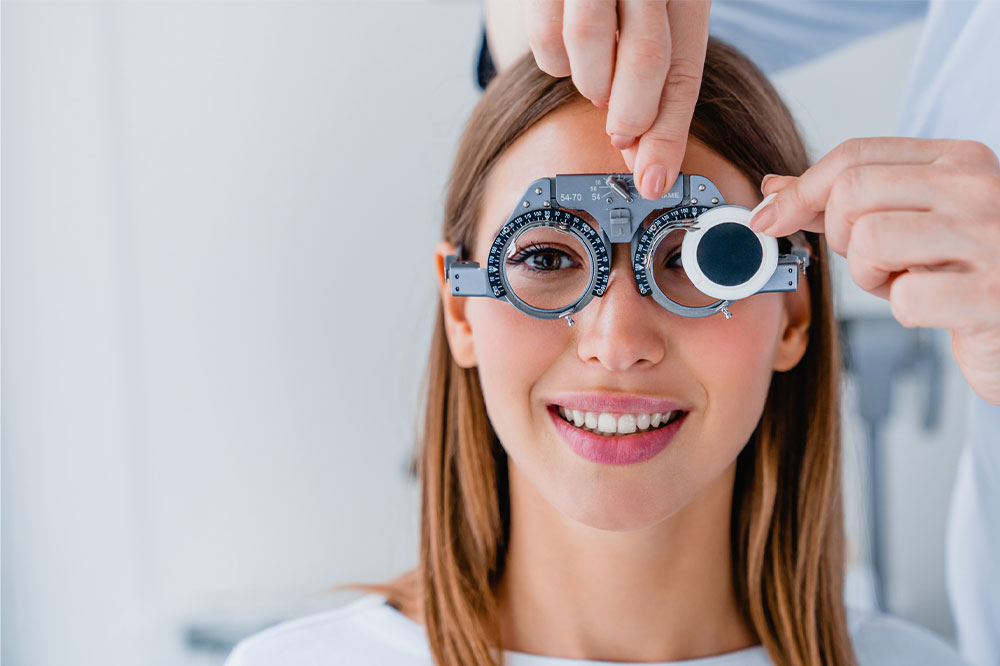
Comprehensive Guide to Eye Examinations and Tests
An eye exam is a crucial step in maintaining visual health, performed by optometrists or ophthalmologists. These professionals are equipped to identify eye conditions, assess vision quality, and recommend corrective solutions such as glasses or contact lenses. Regular eye check-ups can help detect issues early, preventing serious complications. The exam involves multiple tests using specialized tools to evaluate eye health, vision clarity, and detect potential diseases. Knowing what to expect can prepare you for a thorough evaluation.
What is involved in an eye examination?
An eye exam includes various tests to evaluate overall eye function and detect problems. It involves measuring visual acuity, eye pressure, and examining the internal and external structures of the eyes. These tests help identify refractive errors, eye diseases, and other vision-related conditions, ensuring timely intervention.
An eye assessment is vital for early detection of eye issues. This allows appropriate corrective measures and boosts eye health. If you experience vision problems, consult a licensed eye care specialist promptly. Adults should consider eye exams starting at age 40, while children under three should have regular pediatric eye checks for issues like crossed or lazy eyes. For seniors over 60, annual or biannual exams are recommended.
If you have a history of eye problems in your family, regular check-ups are essential for maintaining eye health.
What to Expect During an Eye Examination
The process begins with a consultation, during which the healthcare provider may ask about your general health and vision. Bring any corrective lenses you use. The exam includes measuring your visual sharpness, assessing eye pressure, and a detailed internal eye inspection. Dilating eye drops are used to facilitate a thorough evaluation.
Different Tests Conducted During an Eye Exam
Eye Muscle Function Test
Evaluates the ability of your eye muscles by tracking moving objects, ensuring proper eye movement coordination.
Visual Acuity Test
Reads letters on a chart to determine how well you see at various distances, diagnosing nearsightedness, farsightedness, or astigmatism.
Refraction Test
Assesses if you have refractive errors like myopia or hyperopia, often using a phoropter to suggest corrective lenses.
Visual Field Test
Checks your peripheral vision through manual, confrontation, or computerized methods.
Color Vision Assessment
Detects color blindness by identifying patterns of colored dots.
Retinal Examination (Ophthalmoscopy)
Inspects the back of the eye, including the retina, to detect conditions like diabetic retinopathy.
Slit-Lamp Exam
Uses a specialized microscope to examine the front eye, identifying issues such as cataracts or corneal injuries.
Glaucoma Screening
Measures eye pressure to detect optic nerve damage, crucial for early glaucoma diagnosis.
Based on individual needs, age, and health history, your doctor may recommend additional specialized tests for a comprehensive assessment.

